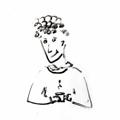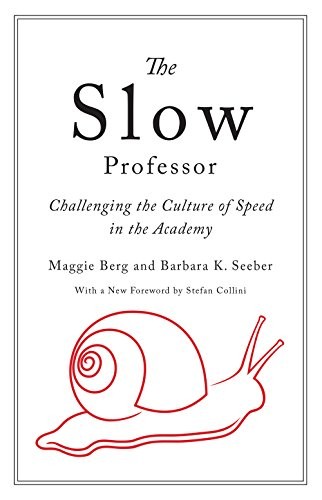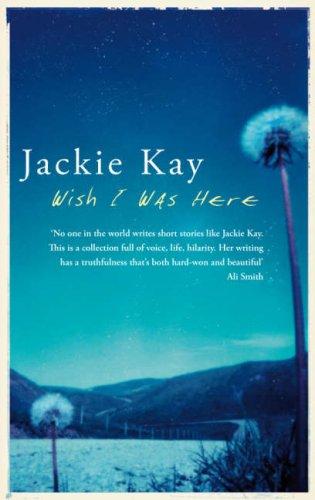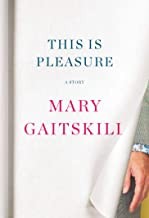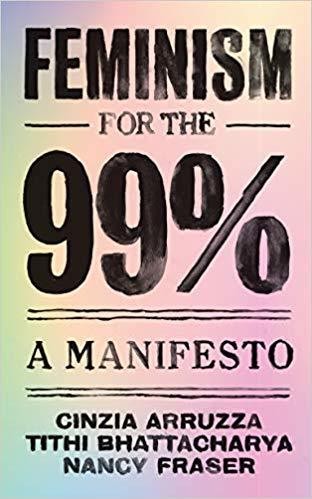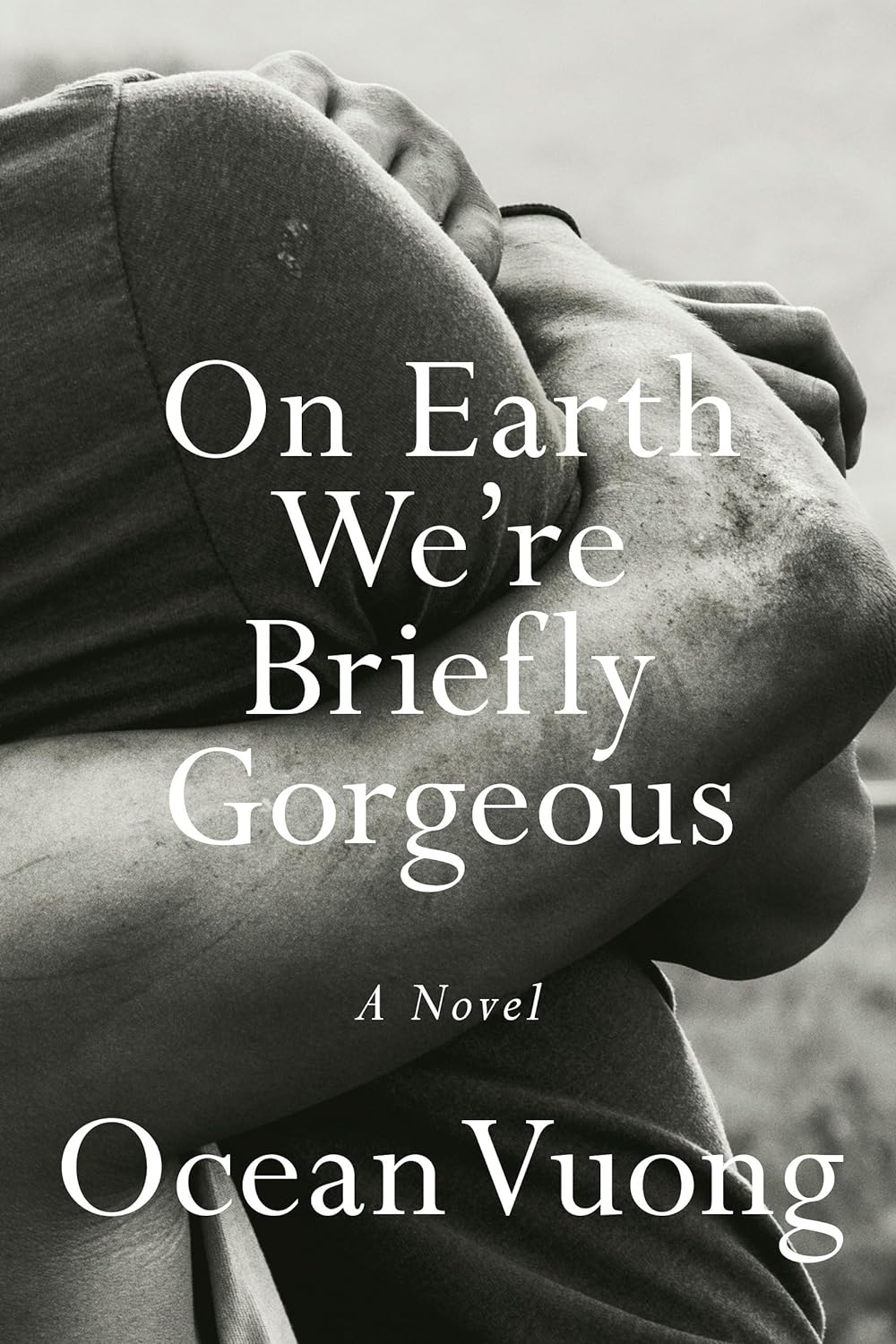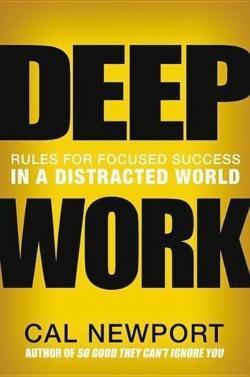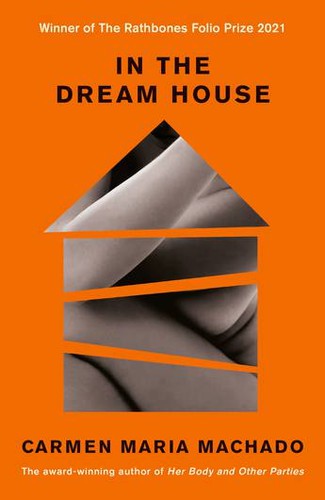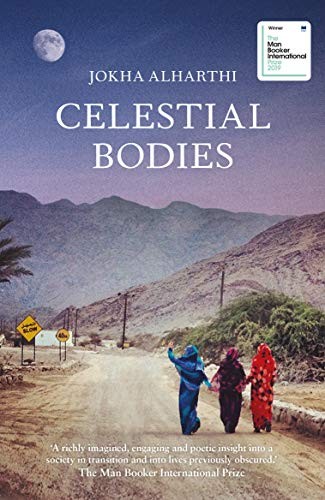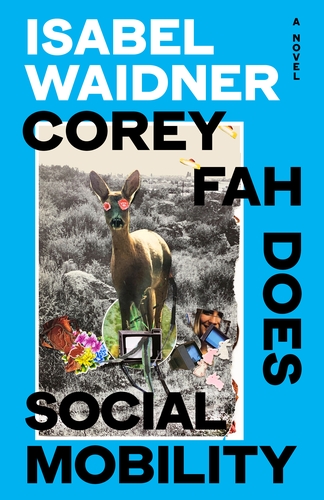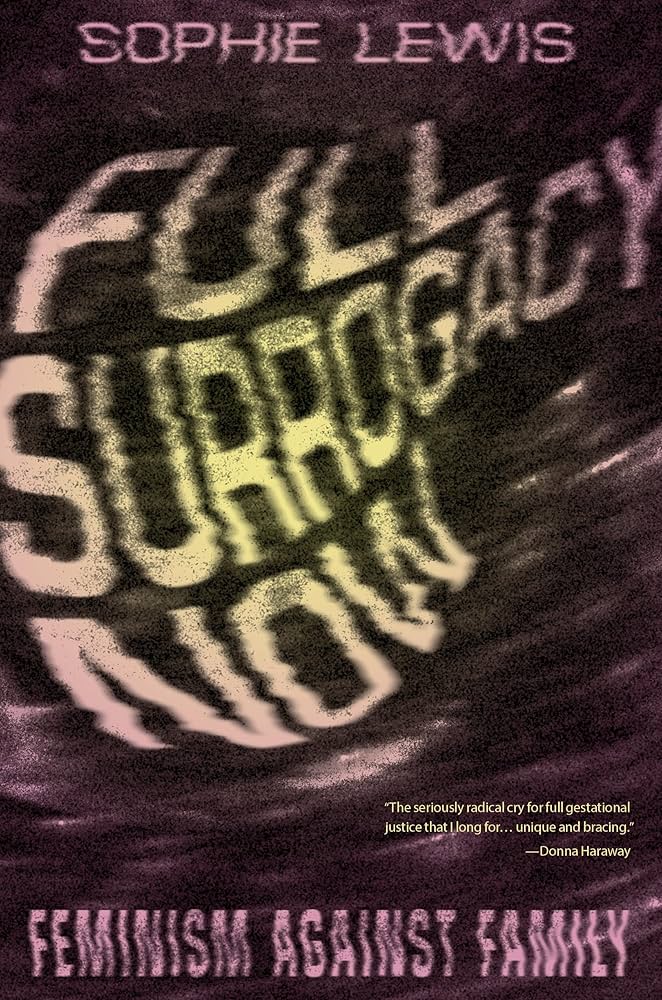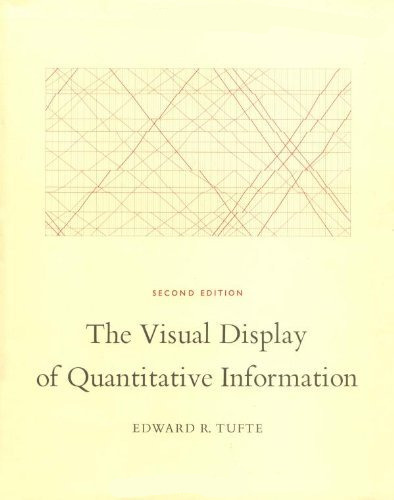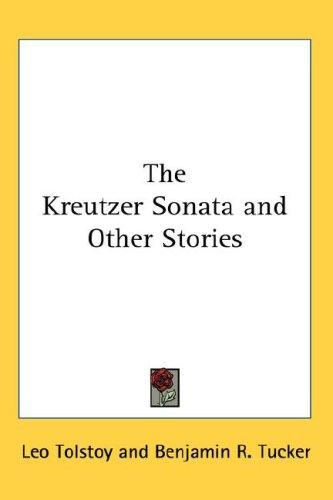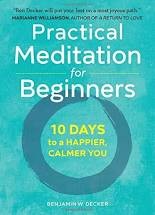ralentina reviewed The Slow Professor by Maggie Berg
In search of an academic ethos
4 stars
50% an argument against 'fast' (neoliberalised) academia, and its negative consequences on academics' health, research, teaching and social life, 50% advice on how to resist it from within, by slowing down academic practice.
Clearly, the authors themselves are ultra-aware of the problem: fastness is a structural conditions, and individuals have only that much agency, and yet by not adopting the corporate language, by insisting that learning and understanding cannot be quantified, and by refusing to treat each other as valuable 'contacts' or tools for upward mobility we can make a difference in our own local environment.
Perhaps, a few more words could have been spent on junior and/or people with precarious contracts, for whom slowing down seems a lot more difficult. While the book acknowledges it in passing, it doesn't have any magical tricks for slowing down while keeping your job, let along getting a permanent one.
I think I …
50% an argument against 'fast' (neoliberalised) academia, and its negative consequences on academics' health, research, teaching and social life, 50% advice on how to resist it from within, by slowing down academic practice.
Clearly, the authors themselves are ultra-aware of the problem: fastness is a structural conditions, and individuals have only that much agency, and yet by not adopting the corporate language, by insisting that learning and understanding cannot be quantified, and by refusing to treat each other as valuable 'contacts' or tools for upward mobility we can make a difference in our own local environment.
Perhaps, a few more words could have been spent on junior and/or people with precarious contracts, for whom slowing down seems a lot more difficult. While the book acknowledges it in passing, it doesn't have any magical tricks for slowing down while keeping your job, let along getting a permanent one.
I think I was slightly disappointed, because it sells itself as a call to action, but it gives little advice, and relatively vague. Perhaps that's part of the problem: there aren't magic tricks, a matrix for 'thinking slowly' and yet thrive in academia, nor replicable formula, but just the encouragement that comes with knowing some people are trying their best.
